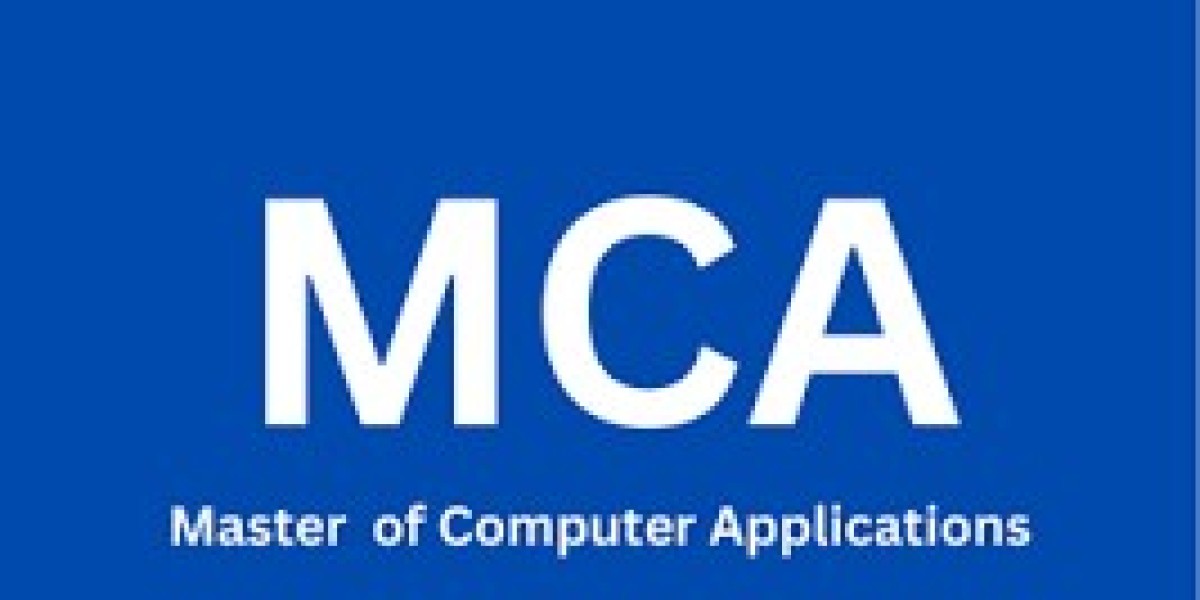Artificial Intelligence (AI) has revolutionized numerous fields, from healthcare to finance, but perhaps one of the most intriguing areas of AI application is AI generated art. In this article, we delve deep into the world of AI generated art, exploring its capabilities, impact, and potential future trends.
Understanding AI Generated Art
AI generated art refers to artworks created with the assistance of artificial intelligence algorithms. These algorithms are designed to simulate human creativity by analyzing vast amounts of data and identifying patterns to produce original pieces of art. Unlike traditional art, where the artist's creativity and emotions are primary, AI art involves machines interpreting data and producing visual or auditory outputs.
Types of AI Generated Art
There are several types of AI generated art:
Visual Art: AI algorithms can generate paintings, drawings, and digital artworks. For example, deep learning models trained on vast art datasets can produce paintings in the style of famous artists like Van Gogh or Picasso.
Music Composition: AI can compose music by analyzing existing musical pieces and creating new compositions that adhere to specific styles or moods.
Literature and Poetry: Natural language processing algorithms can generate literature and poetry, mimicking the style of famous authors or creating entirely new genres.
The Technology Behind AI Art
AI art relies on advanced technologies such as:
Machine Learning: Algorithms learn patterns from datasets to create new artistic outputs.
Generative Adversarial Networks (GANs): GANs consist of two neural networks — a generator and a discriminator — competing with each other to create and evaluate art.
Natural Language Processing (NLP): NLP models generate text-based art like poetry and literature.
Computer Vision: Used for analyzing and creating visual art based on patterns and styles identified in large datasets.
Applications of AI Generated Art
AI generated art has found applications in diverse fields:
Entertainment: Generating art for video games, movies, and virtual reality experiences.
Marketing and Advertising: Creating unique visuals and content for marketing campaigns.
Education: Teaching art history, styles, and techniques through interactive AI-generated materials.
Therapy and Mental Health: Using art as a therapeutic tool for expression and healing.
Challenges and Ethical Considerations
While AI generated art offers immense potential, it also raises significant challenges:
Authenticity and Originality: Determining the authenticity and originality of AI-generated artworks poses legal and ethical dilemmas.
Creativity vs. Automation: Debates on whether AI-created art can be considered genuine creativity or mere automation.
Bias and Fairness: Ensuring AI-generated art does not perpetuate biases present in training datasets.
Intellectual Property: Addressing copyright and ownership issues surrounding AI-created artworks.
Future Trends in AI Art
The future of AI generated art looks promising with ongoing advancements in AI technologies:
Personalization: AI could create art tailored to individual preferences and emotions.
Interdisciplinary Art: Collaborations between artists, engineers, and AI experts to push the boundaries of creativity.
AI as Co-Creator: Artists using AI as a tool to augment their creativity and explore new artistic territories.
Ethical Guidelines: Development of ethical frameworks to govern the creation and use of AI-generated art.
Conclusion
In conclusion, AI generated art represents a fascinating intersection of technology, creativity, and human ingenuity. As AI continues to evolve, so too will its capabilities in generating art that challenges our perceptions and expands our understanding of creativity. Whether it's paintings that evoke emotions, music that resonates deeply, or literature that captivates minds, AI art is poised to redefine the boundaries of what is possible in the realm of artistic expression.








